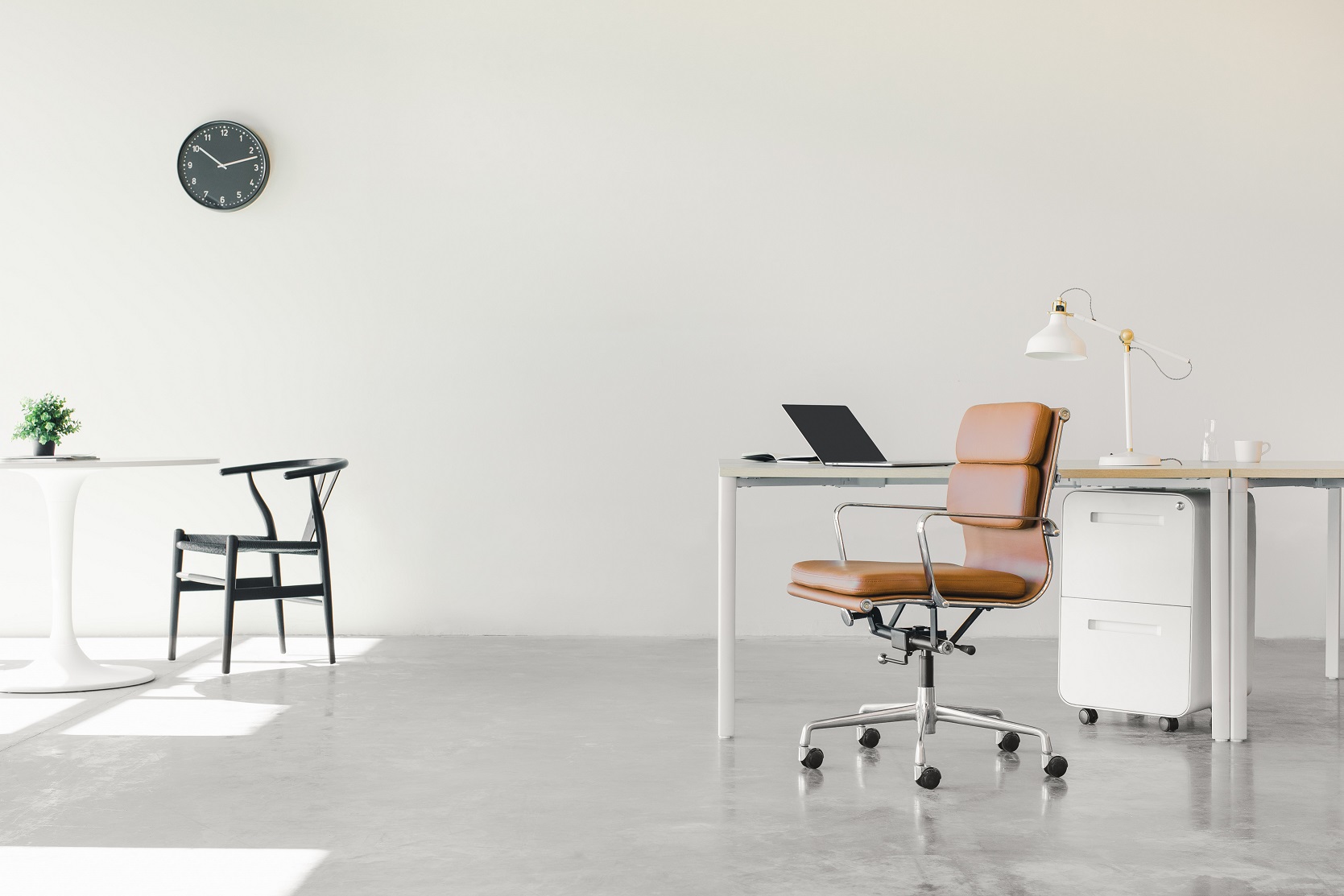
Encouraging workers back to the office: 5 factors which need to be addressed and why
The indoor environmental quality (IEQ) of a workplace can have a significant impact on productivity, employee engagement and absence levels.
In northern Europe, we spend an incredible 90% of our time indoors, a large proportion of which is in a work environment. When you consider statistics like these, it’s obvious how important the quality of our respective indoor environments is to our overall health and well-being.
Many people have been working from home during the past six months, and many have not only coped but thrived with this set-up.
The fact that the UK Government is once again (after a brief intermission) asking people to ‘work from home if possible’ means that when the eventual ending of lockdown does occur – and it will – there will be a huge responsibility on employers to make their premises not only COVID secure but also an attractive prospect for employees.
Why would an employee give up working from home and return to a daily commute into their old office? Having to wear a mask if they use public transport, paying for extra fuel costs and parking – with the knowledge they are increasing pollution by driving their own vehicles – and adding hours to their working day, without good reason?
Particularly if the building they are returning to is uninviting and could, potentially, impact on their general health, well-being and morale – quite apart from increasing the risk of transmission of the coronavirus.
Once localised lockdown eases and case numbers are again under control, as an employer you will be able to stipulate that employees return to the office as long as you have sufficient measures in place. But isn’t it far better to use a bit more carrot than stick?
Happy, healthy workers are more productive – fact. I wouldn’t suggest that people play video games and sit on bean bags all day long (though a bit of socially distanced fun can sometimes relieve workplace stress) but addressing the actual physical surroundings of your work environment is a good place to start.
Your work environment not only includes the structural bricks and mortar surroundings, but also the noise levels, air and light quality, temperature and humidity, not to mention the people and the atmosphere that surround you. Yes, ‘atmosphere’ can be a slightly woolly term, but I mean it as the tone or mood you feel while at work. Don’t forget, your ability to focus and stay efficient, happy, and productive depends on how comfortable you feel in your workspace.
So, where can you start? Here are 5 factors which need to be addressed and why:
- Air Quality – 70% of workers say poor air quality makes them less productive.
- Light Quality – an average worker will get 46 minutes more sleep at night if they work in properly lit offices. As well as the general health benefits of a good night’s sleep, mounting evidence implicates the negative aspects of sleep deprivation on cognitive and motor performance. Thus, heavily impacting on work-related productivity.
- Sound Comfort – there is an average 66% fall in staff performance when distracted by noise.
- Temperature – people working in uncomfortably hot and cold environments are more likely to behave unsafely because their ability to make decisions and/or perform manual tasks deteriorates.
- Humidity – 3000 new cases of Occupational Asthma are diagnosed each year. When you breathe in humid air, it activates nerves in your lungs that narrow and tighten your airways. Humidity also makes the air stagnant enough to trap pollutants and allergens like pollen, dust, mold, dust mites, and smoke. These can set off asthma symptoms. Conversely, overly dry air leads to dry skin, itchy eyes, and irritated nasal passages. It can cause a bloody nose or an itchy throat and can aggravate symptoms of the common cold and some respiratory ailments. It also increases static electricity, which you feel in your clothes and hair and on furniture and carpeting.
Most workplace premises today are built for energy efficiency. This can have the benefit of reducing fuel costs for a business, as well as reducing carbon footprint, but many of the measures required to do this – making a building air-tight, insulation, using low energy light bulbs etc. can have a negative impact on workers’ health and efficiency – thus, costing the business money in the long run.
It must be noted, however, that there are options available that allow for both energy efficiency and improved indoor environmental quality, so it’s not a case of one or the other.
With the pandemic a continuing concern, air quality is particularly pertinent. It may be cost effective to seal all windows and re-cycle air flow, but badly designed buildings can lead to a build-up of stale air and that is certainly something to be avoided, particularly at this time. This build-up of stale air is bad news for workers’ health even without a pandemic. Reduced oxygen levels and a build-up of carbon dioxide will lead to low energy levels and loss of concentration – severely impacting a worker’s productivity!
But it’s not just as simple as opening a window. If the outdoor air quality is no better, you could be making the situation even worse by allowing traffic fumes and other airborne pollutants into the building and exposing staff to these risk factors.
Noise levels, and even the kind of noise, occurring in a work environment can have a dramatic impact on workers’ mood, productivity and – in the long term – health. Studies show a 66% fall in staff performance when distracted by noise.
The impact of loud noise will be all too obvious, and most organisations will be aware of the requirements for protecting workers hearing when employed in a manufacturing setting, for example. But sound comfort isn’t purely a factor of volume. It also includes the kind of noise encountered on a daily basis – even low level, persistent noise can lead to a drop in morale, increase stress and eventually lead to mental health issues.
The factors outlined (air quality, light quality, sound comfort, temperature and humidity) are the key reasons why DRS is working in partnership with a number of other industry leading organisations and individuals – and also with the British Standards Institution (BSI) and our sister company EFT – to come up with a new set of standards for the health and wellbeing of non-domestic buildings.
This Publicly Available Specification (PAS) will create a set of standards for healthier buildings with the aim of improving the health and wellbeing of its occupants. It will direct how design, installation, operation, maintenance and ongoing monitoring, measuring and reporting can influence factors such as those outlined previously, and it will determine benchmarking parameters to develop a Wellbeing Performance Rating that could be applied to any building.
If you want to find out more about how poor indoor environmental quality (IEQ) can impact workers health and what you can do to improve it, call Mark Phillips on 01792 277170 or email markphillips@drsfmservices.co.uk
If you want to find out more about the new Publicly Available Specification (PAS 3003) and would like to get involved and contribute to its development, contact us at info@eftconsult.co.uk
Mark Phillips
Mark Phillips is managing director at DRS, which is part of the RD Group – an innovative, high quality, multi-faceted group of companies providing full building services solutions.
He has over 40 years’ experience in the industry and has held several operational managerial and directorial positions with some of the UK’s largest firms since beginning his career as an electrical apprentice.
The role that he holds with DRS has made use of his expertise in: business planning; commercial and financial responsibility; HR; technical reviews; new products and processes, including Indoor environmental quality; building sensor technology; controlled environment agriculture; and resource to energy.
During his extensive career, Mark has been instrumental in the successful development of several business ventures, leading transformational change at project, programme and organisational levels.

